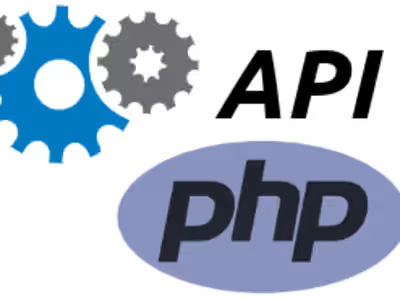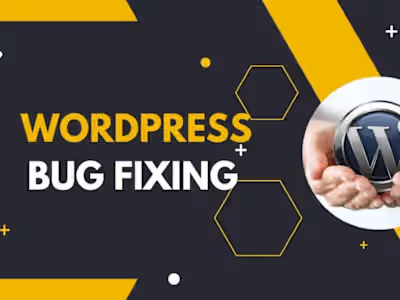E-Commerce Web Development for new Startups
Launching an e-commerce website for a startup using WordPress is a strategic choice that blends flexibility, scalability, and cost-effectiveness. Here's a comprehensive approach to developing your e-commerce project:
1. Planning and Strategy
Market Research: Begin by understanding your niche, target audience, and competition. This insight will guide the features and design of your website.
Define Objectives: Clearly outline what you want your e-commerce website to achieve. Whether it's brand awareness, sales targets, or customer engagement, having clear goals will shape your development process.
Select a WordPress Theme: Choose a responsive e-commerce theme that aligns with your brand identity. Ensure it is customizable, SEO-friendly, and compatible with WooCommerce (WordPress's leading e-commerce plugin).
2. Setting Up WordPress
Hosting and Domain: Select a reliable hosting provider that offers optimized WordPress hosting. Purchase a domain name that is catchy, brand-relevant, and easy to remember.
Install WordPress: Most hosting providers offer one-click WordPress installation. Once installed, configure your site's basic settings—title, tagline, and permalink structure.
3. E-commerce Integration
Install WooCommerce: As the most popular WordPress e-commerce plugin, WooCommerce provides the functionality needed to sell products online. Install and activate it.
Product Setup: Add your products, including descriptions, images, prices, and categories. Ensure your product visuals are high-quality and your descriptions are detailed and SEO-optimized.
Payment Gateway Integration: WooCommerce supports various payment gateways. Choose ones that are popular in your target market, ensuring secure and convenient transactions for your customers.
4. Customization and Branding
Customize Your Theme: Tailor your theme's design to match your brand's visual identity. This includes colors, fonts, and layout adjustments.
Essential Plugins: Install essential plugins for SEO, security, and performance optimization. Consider plugins for social media integration, email marketing, and analytics.
5. Content and SEO
Content Creation: Create compelling content for your product pages, blog, and about page. Content is crucial for engaging customers and improving SEO.
SEO Best Practices: Use keywords strategically, optimize your images, and ensure your site has a fast loading speed. Utilize SEO plugins like Yoast SEO to guide your optimization efforts.
6. Testing and Launch
Test Your Site: Before going live, conduct thorough testing. Check for responsive design across devices, test payment processes, and ensure all links are working.
Launch: Once everything is in place, launch your website. Announce the launch through social media, email newsletters, and press releases.
7. Post-Launch Strategies
Monitor Performance: Use tools like Google Analytics to track your site's performance. Pay attention to visitor behavior, conversion rates, and any technical issues.
Marketing and Promotion: Invest in digital marketing strategies such as SEO, PPC, social media advertising, and email marketing to drive traffic and sales.
Customer Feedback: Gather feedback from your customers to understand their experience and areas for improvement.
This structured approach ensures that your e-commerce website not only aligns with your startup's goals but also provides a solid foundation for growth. Remember, the key to a successful e-commerce website is not just in the launch but in ongoing optimization and adaptation to your customers' needs and market trends.
Like this project
Posted Feb 23, 2024
For new startups, build a WordPress e-commerce site by choosing a responsive theme, integrating essential plugins for SEO, security, and e-commerce functionalit
Likes
0
Views
2



